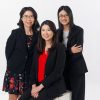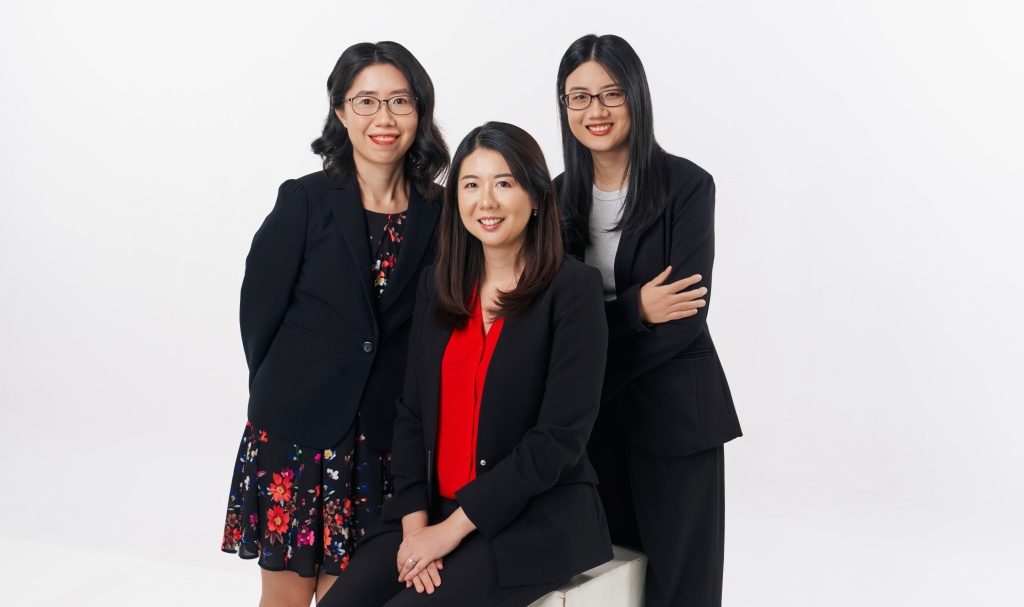
AsianScientist (May 06, 2024)–In 2023, Professor Katalin Karikó and Professor Anne L’Huillier each received the Nobel prize for physiology/medicine and physics respectively. Beginning their careers in the 1980s, Karikó and L’Huillier faced major obstacles and encountered numerous naysayers. Despite the challenges, they each built illustrious careers and made significant contributions to their fields—Karikó and her partner discovered important modifications in RNA for the development of mRNA vaccines while L’Huillier and her team made breakthroughs in experimental methods for the study of electron dynamics.
Karikó and L’Huillier are just two recent examples of how the efforts of women in STEM have been increasingly recognized over the years. While it remains that less than 30 per cent of the world’s researchers are women, with more programs encouraging girls and women to pursue their scientific passions, the number of women in STEM university courses and the workforce are consistently rising.
Over the last 25 years, the L’Oréal-UNESCO Fellowship for Women in Science has supported this cause globally with a prestigious endowment to help women scientists all over the world advance their research. The Singapore edition was launched in 2009 and has assisted 27 women scientists and disbursed over S$270,000 worth of endowment to-date.
This year, L’Oréal Singapore celebrated three outstanding women researchers. In an awards ceremony held in Kuala Lumpur, Dr Leow Wan Ru, Dr Yang Le and Dr Xue Shifeng emerged as beneficiaries, each receiving S$10,000 towards their research in sustainable chemistry, material engineering and biotechnology. AsianScientist spoke to the three esteemed awardees to find out more about their work, motivations and experiences.
 >Dr Leow Wan Ru >
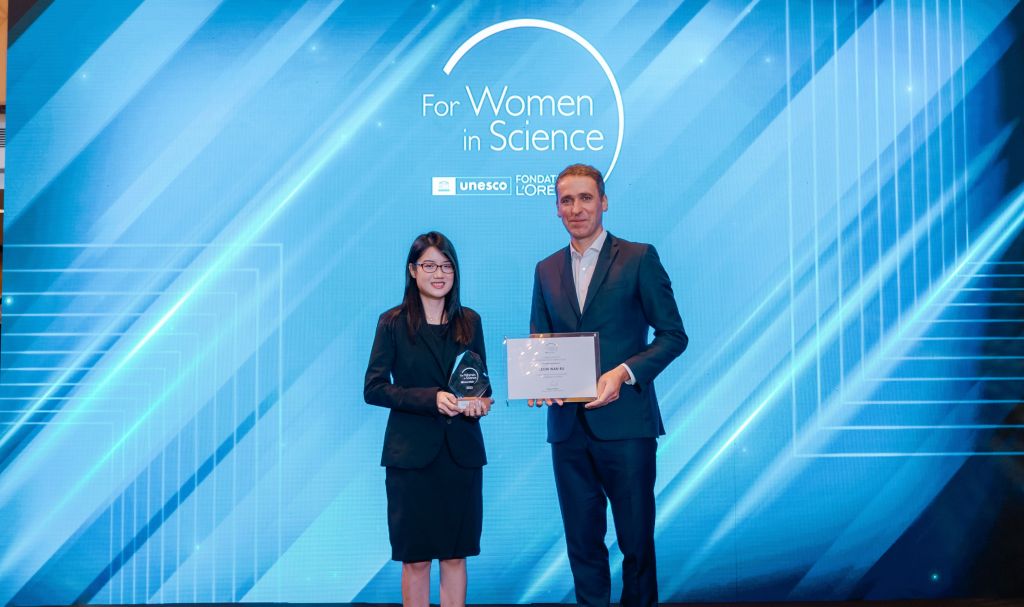
 >
Each day, 1.5 million barrels of oil are refined in Singapore to make the chemicals that go into what we wear, eat, use and own. The carbon dioxide released makes up roughly half of Singapore’s emissions—making the search for a sustainable alternative imperative.
Dr Leow Wan Ru, a scientist at the Institute of Sustainability for Chemicals, Energy and Environment worked with her team to pioneer a groundbreaking method for producing ethylene oxide—the 14th most produced chemical globally. Her innovation leverages renewable electricity and emits no carbon dioxide, removing much of the environmental toll associated with traditional methods.
“I believe our research can make a big impact on Singapore’s economy, as well as decarbonization goals. The outcomes can benefit not only our country, but the region as a whole,” said Leow.
Additionally, Leow shared that her team is the first to develop a new type of electrified system that can increase the rate of ethylene oxide production by at least 10 times that of prior reports. Leow and her team continue to work on renewable methods to conduct other chemical conversions with similarly high carbon footprints like terephthalic acid.
 >Dr Le Yang >
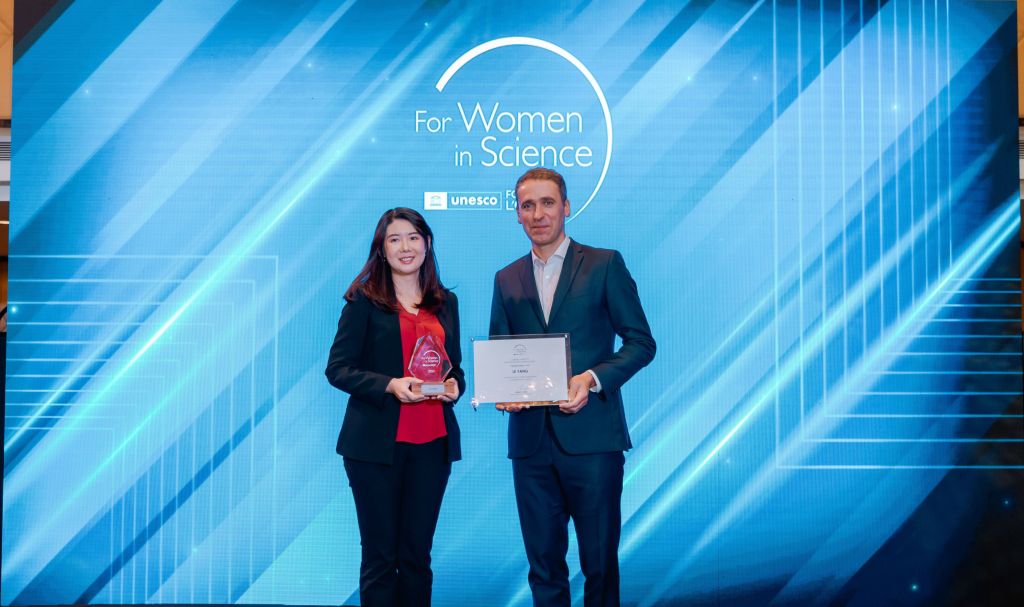
 >
“Early in my academic journey, I recognized the transformative potential of organic and polymer materials, particularly in the realm of optoelectronics and flexible electronics,” shared Dr Le Yang, a group leader at the Institute of Materials Research and Engineering. “I aim to advance global well-being through research—and the top two universal concerns are energy and healthcare.”
Yang’s work, the Wearable In-situ Sensorics for Health (WISH) technology, is a pioneering effort to create non-invasive, real-time, wireless and continuous chemo-sensing on the skin. By providing patients the opportunity to effectively monitor their health, the technology empowers them to take proactive control of their well-being.
The materials Yang explores have an immense potential to revolutionize healthcare. With further innovation, Yang envisions a future where such technologies become integral to daily life, advancing a variety of fields including healthcare, energy, communication and human-computer interactions.
As a leader in her field, Yang actively contributes to promoting diversity in STEM fields. She hopes to inspire the next generation of scientists regardless of their gender and believes that initiatives like the L’Oréal-UNESCO For Women in Science program play a crucial role in fostering inclusivity.
 >Dr Xue Shifeng >
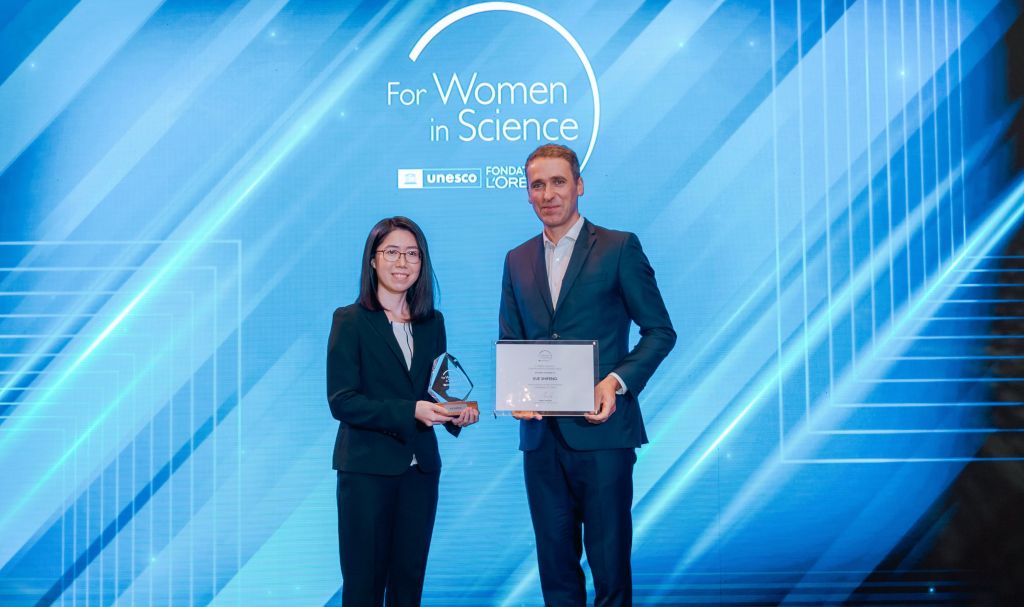
 >
As a university student, Dr Xue Shifeng, now Assistant Professor at the National University of Singapore, was inspired by watching fish and frog embryos develop from eggs. This experience set her on a path towards understanding the orchestration of genes in embryonic development and disease.
Today, her research is centered on the study of epigenetic repression in development and disease—specifically human congenital disorders. In their work, Xue and her team identified the genetic mutations that cause individuals to be born without a nose. The discovery represented a significant step towards understanding the gene’s role in early embryonic development.
“My team and I aim to continue our work with rare genetic disorders, collaborating with more clinicians and patients. Beyond genetic mutations, we also study gene regulation to understand how genes turn on and off,” she said. “Many common diseases are not caused by genetic mutations but changes in how much gene products are produced. We hope to develop tools to turn genes on and off at will for use in research and in future therapy.”
Throughout her career, Xue has experienced significant personal growth. One hurdle she continues to work through is finding the confidence to speak boldly at large conferences. For Xue, applying for the L’Oréal-UNESCO For Women in Science award was a big step towards achieving her goals.
“I realized that to inspire the next generation of women in my field, I needed to share my story. This provided me with a great platform to be heard. I believe that science needs more young and enthusiastic women; it’s not just for the elite few. I’m striving to do my part in helping these women believe in themselves and aim big,” she said.
—Source: L’Oreal SingaporeDisclaimer: This article does not necessarily reflect the views of AsianScientist or its staff.

